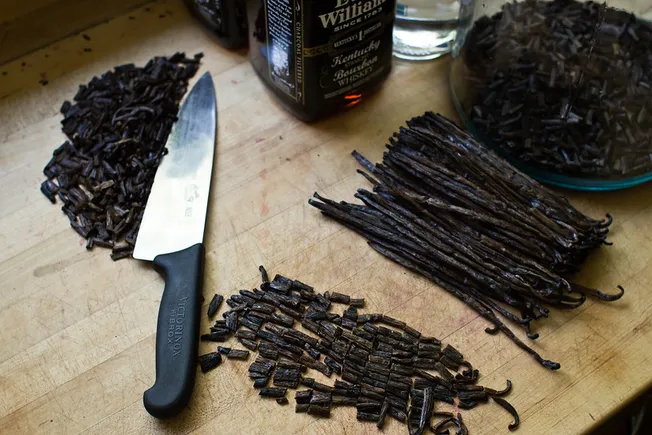Table of Contents
Commodities such as coffee, cocoa, and olive oil have been experiencing well-publicized supply chain challenges in recent times. Some companies have resorted to utilizing technology to replace traditional ingredients in their products. For instance, Voyage Foods is now producing cocoa-free chips and melting wafers.
Frank Jakash, the CEO of Ayana Bio, a technology company specializing in bioactive ingredients for health and wellness, expressed in an interview with Food Dive that the number of ingredients and crops facing jeopardy is on the rise.
“This is not a new trend, but it is garnering more attention now,” Jakash stated. “While certain crops have already been impacted by climate change, other crops that have not received as much focus are also at risk, and this trend is expected to continue.”
Locust bean gum
Also known as carob gum, this natural, vegetable-based hydrocolloid is extracted from carob tree seeds and is commonly used as a thickening agent in products like cream cheese and ice cream. The ingredient faces supply threats as the Mediterranean region, where the majority of its production occurs, experiences warmer temperatures and volatile weather changes.
Lavender
Lavender, known for its unique flavor and wellness benefits, is frequently used to enhance the taste of beverages and baked goods. However, hotter summers have led to an increase in insect populations, such as the Cixiidae, which have devastated lavender crops.
Vanilla
Madagascar has historically been the primary source of the world’s vanilla supply. However, Cyclone Gamane caused flooding and damage to vanilla fields earlier this year, raising concerns about an impending shortage.
“This impact has been gradual, and we are witnessing a slow decline. The broader consequence is a decline in the nutritional value of fruits, vegetables, and various plants,” Jakash emphasized.
He suggested that companies explore alternative regions beyond the traditional sources of these ingredients to cultivate crops. However, volatile environmental changes may pose challenges to this approach.
Nutritional losses
Jakash highlighted another overlooked issue – while fruits and vegetables may look the same as they did in the past, they are not as nutritionally dense. “This problem is not widely recognized,” he noted.
Ayana Bio aims to produce plants, fruits, and vegetables in a manner that preserves their health benefits for incorporation into various products.
“While we cannot replace farmers markets, our goal is to fortify crops and cultivate plants without soil,” Jakash explained.
What suppliers can do
Traditional regions where crops are grown are becoming less viable due to environmental changes. Suppliers need to identify new areas for cultivation, but this transition is happening at a slower pace than necessary.
Jakash proposed that suppliers develop crop varieties resistant to drought and other environmental challenges as a potential solution to the problem.
Ayana Bio’s approach, focused on scaling and developing elite plant cell lines capable of producing significant macronutrients, offers a different perspective. However, the challenge lies in producing quantities that can be economically integrated into food products.

